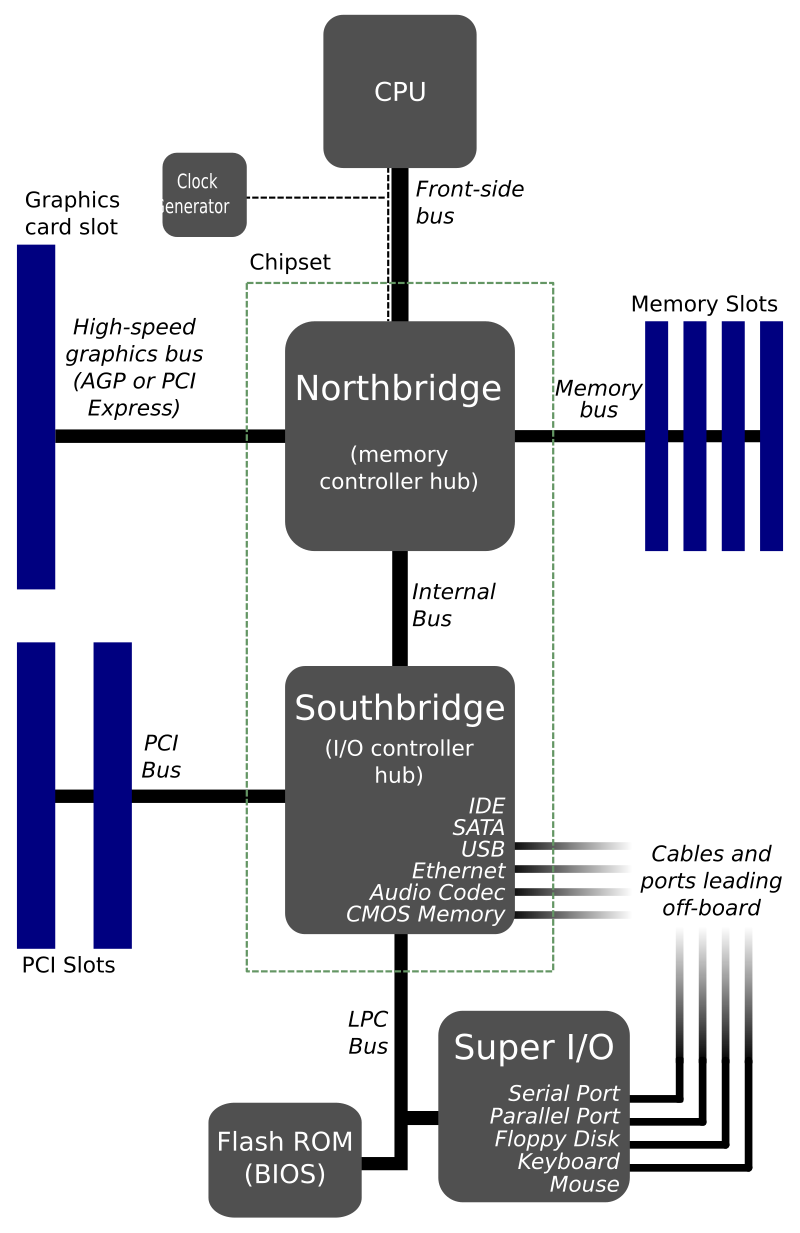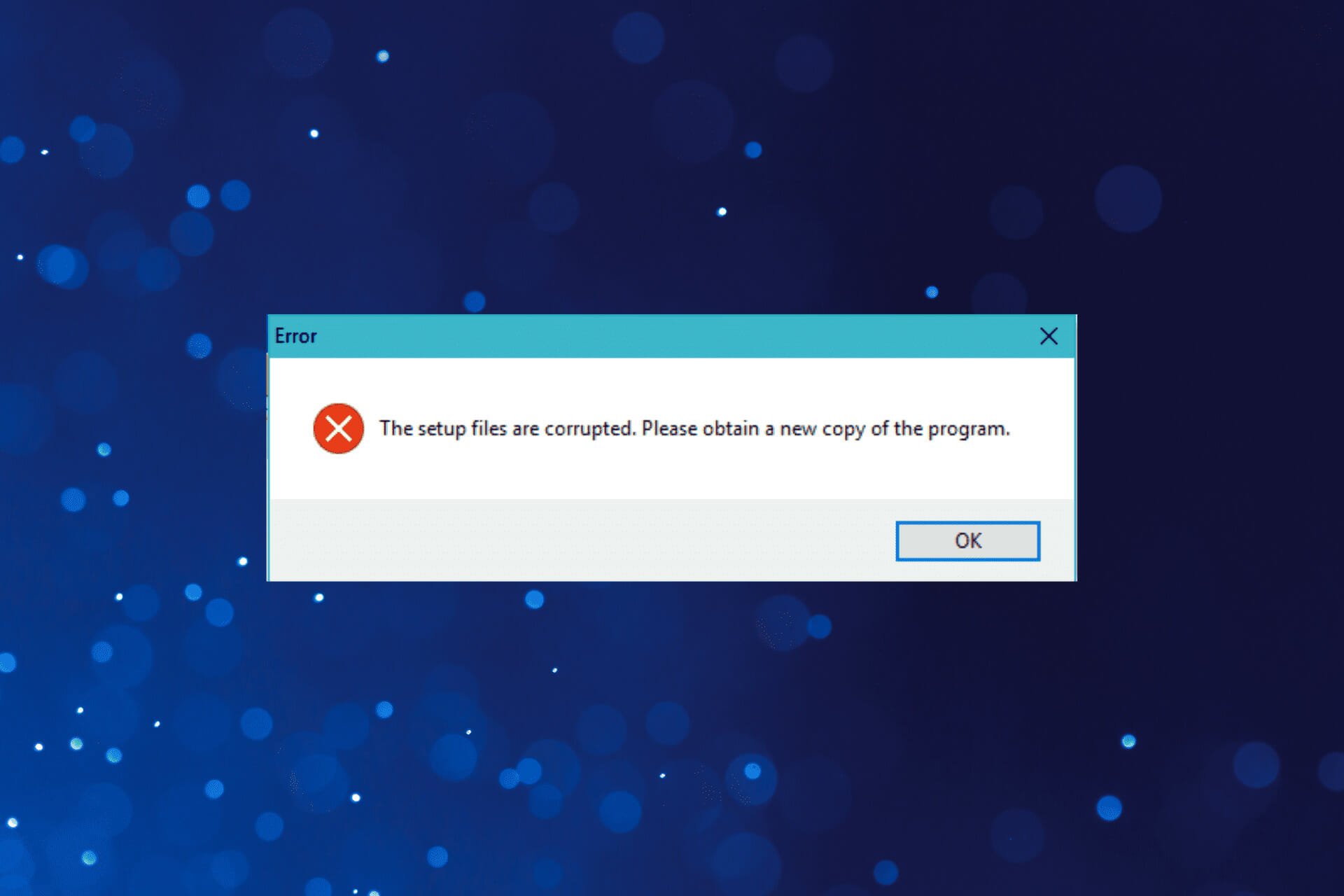Hello gamers so few weeks ago i send my PC to a repairman because my it started blue screening and sometimes won't give me any display. The serviceman said that the HDD caused the blue screen issue and the motherboard caused no display issue. So what i want to know is can a HDD really cause bluescreens? i remember using a program called Victoria to see any issues with my HDD and it said the drive was in a good condition. The hard drive is pretty old and i do remember seeing the current pending sector count increase from 0 to 1 so could that be the issue?
PC specs
Core 2 Quad q6600
GT1030
4GB RAM
Win 7 64bit
PC specs
Core 2 Quad q6600
GT1030
4GB RAM
Win 7 64bit





